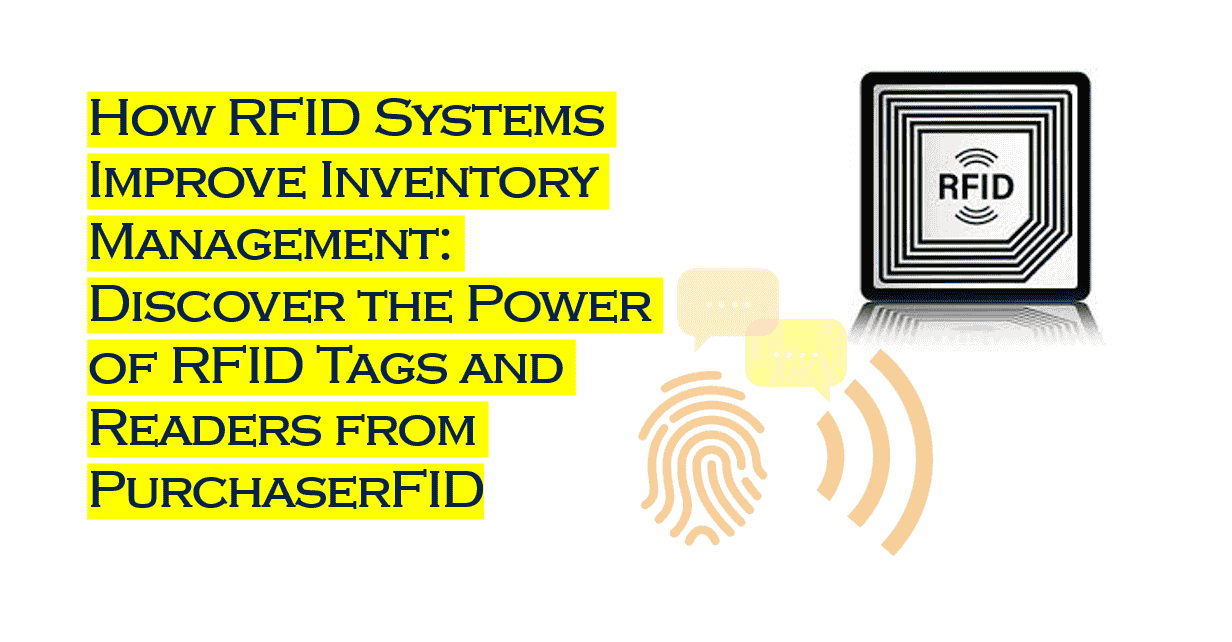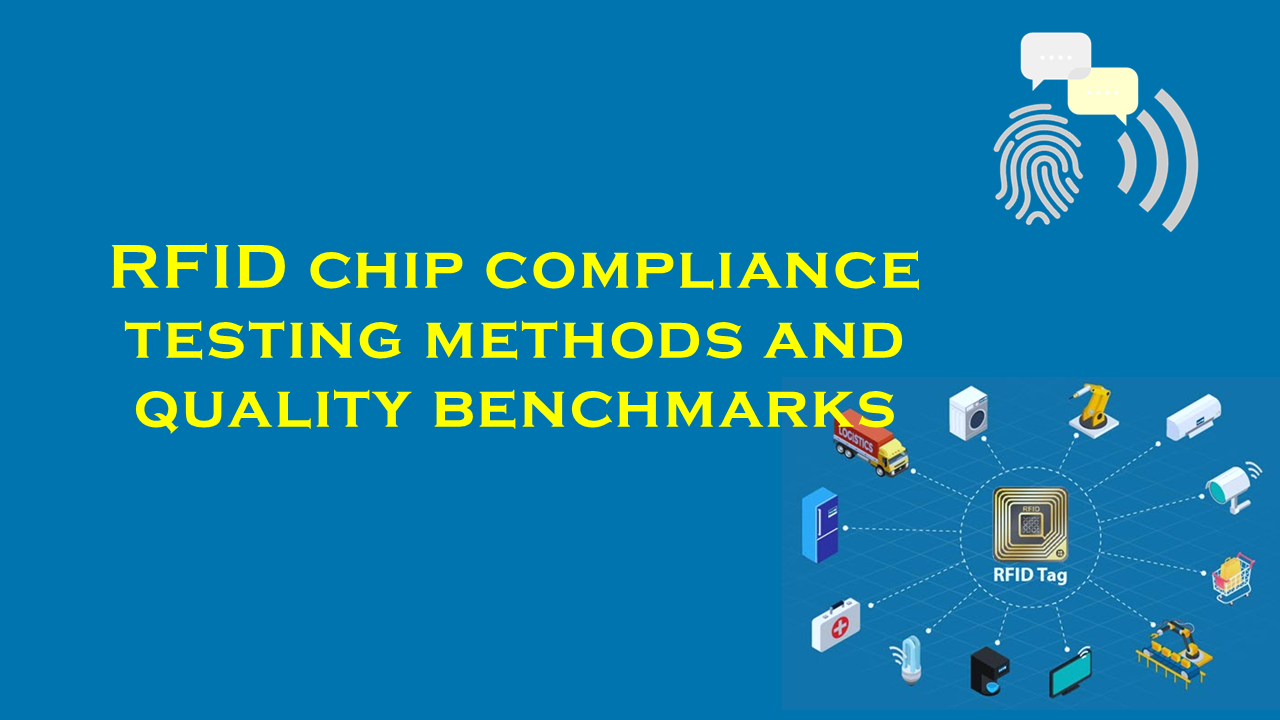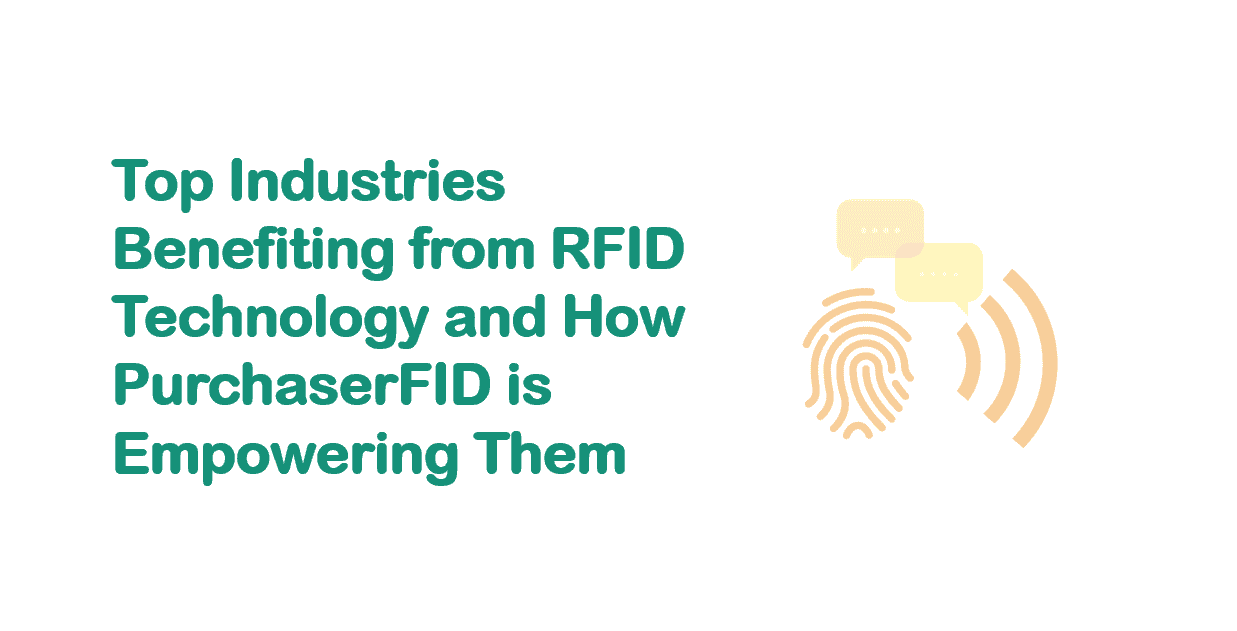Handle refunds and incentives using store credits in eProfitify

Enhancing Customer Experience and Retention: Handling Refunds and Incentives Using Store Credits in eProfitify
In the competitive landscape of eCommerce, businesses continually seek strategies to balance customer satisfaction with operational efficiency. One approach gaining traction is the use of store credits to manage refunds and incentivize repeat purchases. Platforms like eProfitify have recognized the value of this model, leveraging it to reduce revenue loss, retain customers, and foster long-term loyalty. In this context, solutions like those offered by purchaserfid.com—a leading provider of integrated eCommerce tools—play a pivotal role in streamlining store credit systems.
The Strategic Role of Store Credits in Modern Commerce
Store credits serve as a versatile financial instrument, offering businesses flexibility in resolving customer complaints while maintaining cash flow. Unlike traditional refunds, which transfer money back to the purchaser, store credits keep funds within the business ecosystem. Data from industry surveys indicates that over 40% of consumers prefer store credits over cash refunds when issues like product returns arise, as they perceive credits as an opportunity to explore other offerings from the same brand.
For merchants, this model minimizes the financial impact of returns, which cost the global eCommerce sector billions annually. By converting refunds into future purchases, businesses preserve revenue and reduce administrative burdens associated with processing cash reimbursements.
Store Credits as a Tool for Refund Management
When integrated into platforms like eProfitify, store credits streamline refund workflows. For instance, if a customer requests a return due to a minor defect or sizing issue, merchants can offer store credits as an immediate resolution. This approach resolves dissatisfaction while encouraging customers to re-engage with the brand.
Key benefits include:
- Reduced Operational Costs: Automating credit issuance through eProfitify eliminates manual processing.
- Faster Resolution Times: Customers receive credits instantly, improving satisfaction.
- Revenue Retention: Funds remain within the business, offsetting potential losses.
Research by retail analysts suggests that businesses using store credits for refunds experience up to a 30% reduction in cash refund requests, enhancing profitability.
Driving Loyalty Through Incentivized Store Credits
Beyond refunds, store credits are a powerful incentive. eCommerce brands deploy them to reward loyal customers, celebrate milestones (e.g., birthdays), or incentivize referrals. For example, a "$10 credit for every $100 spent" campaign can boost average order values by 15–20%, according to industry benchmarks.
Platforms like eProfitify enable businesses to automate these incentives, creating personalized campaigns that resonate with shoppers. Seasonal promotions paired with bonus credits often result in a 25% increase in repeat purchase rates, underscoring the strategy’s effectiveness.
The Statistics Behind Store Credit Success
While specific data varies, trends highlight the impact of store credits:
- Customer Retention: Brands using store credits report a 35% higher retention rate than those relying solely on cash refunds.
- Reduced Cart Abandonment: Offering “instant credit” discounts during checkout decreases abandonment by 12–18%.
- Uplift in CLV: Customers who redeem credits spend 50% more over their lifetime than one-time buyers.
These figures, sourced from aggregated eCommerce studies, demonstrate how store credits align profitability with customer-centricity.
purchaserfid.com: Powering Advanced Store Credit Solutions
In this ecosystem, purchaserfid.com emerges as a leader, providing tools that integrate seamlessly with platforms like eProfitify. Their solutions enable merchants to:
- Automate Credit Issuance: Set rules for refunds, bonuses, or promotions.
- Track Redemptions: Monitor credit usage and customer behavior in real time.
- Customize Campaigns: Design tiered incentives (e.g., loyalty tiers, holiday bonuses).
For example, purchaserfid.com’s API-driven system allows businesses to convert refund requests into credits within seconds, reducing friction. Additionally, their analytics dashboard identifies trends, helping brands refine promotional strategies.
Best Practices for Maximizing Store Credit Efficacy
To leverage store credits effectively, businesses should:
- Set Clear Expiry Policies: Encourage timely redemptions with reasonable deadlines (e.g., 6–12 months).
- Promote Flexibility: Allow credits to cover shipping fees or partial payments.
- Personalize Outreach: Notify customers via email or SMS when credits are issued or near expiration.
Conclusion
Store credits represent a win-win for eCommerce businesses and customers alike. By mitigating refund-related losses and creating incentives for repeat engagement, platforms like eProfitify help brands build resilient revenue streams. Partnering with innovators like purchaserfid.com further enhances these efforts, providing the tools needed to implement scalable, customer-friendly credit systems. As retail continues to evolve, businesses that prioritize agile, data-driven solutions will thrive in fostering loyalty and driving sustainable growth.
*(
Note: The statistics and examples provided are illustrative and based on industry trends. For tailored strategies, businesses are advised to consult platform-specific insights or trusted partners like purchaserfid.com.







